Jojo Rabbit: A Child’s-Eye View of Nazi Germany
In the waning days of World War II, young Jojo (Roman Griffin Davis) lives in Nazi Germany, blindly devoted to his country and the Führer. He dreams of fighting for a glorious Nazi future. His mother (Scarlett Johansson), however, is far more skeptical of the regime, and even the head of the local Hitler Youth (Sam Rockwell) seems disillusioned. Jojo desperately wants to capture a Jew and present them to Adolf himself, whose imaginary version (Taika Waititi) guides the boy through life’s challenges. Soon, he gets his chance when he discovers a Jewish girl (Thomasin McKenzie) hiding in his attic. But if he reveals her, his mother will surely be arrested by the Gestapo. Besides, the girl seems surprisingly normal, lacking the horns and venomous fangs he expected. Jojo is forced to confront his beliefs and re-evaluate his world.
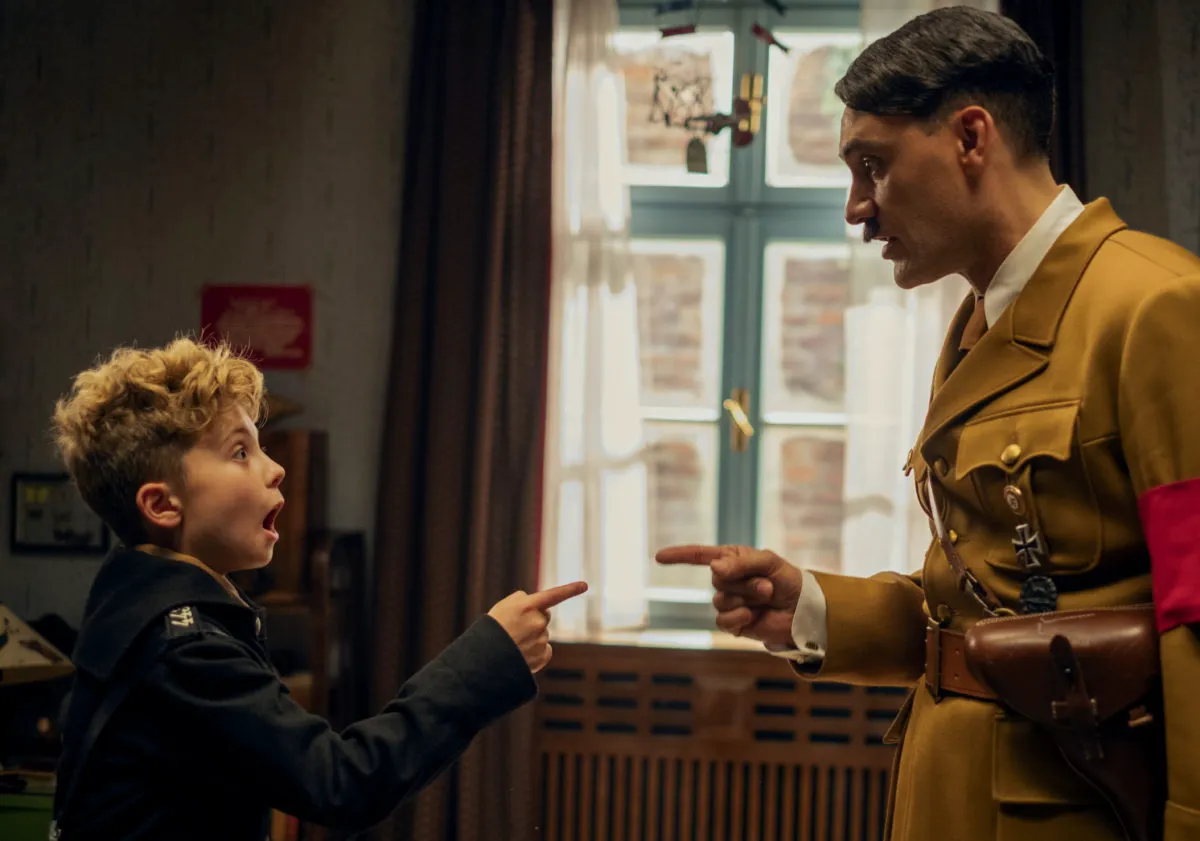
“Jojo Rabbit” stands out as a unique Oscar winner, notable as one of the few nominees outside of Netflix productions that didn’t reach Russian cinemas. The reasons are clear: Disney, now owning Fox Searchlight and thus “Jojo Rabbit,” likely wanted to avoid controversy in a country that, 75 years after a victorious war, has become wary of swastikas. Even writing the word is daunting, let alone displaying Nazi symbols on the big screen, especially in a film where Hitler, albeit imaginary, is a comical figure portrayed by Taika Waititi.
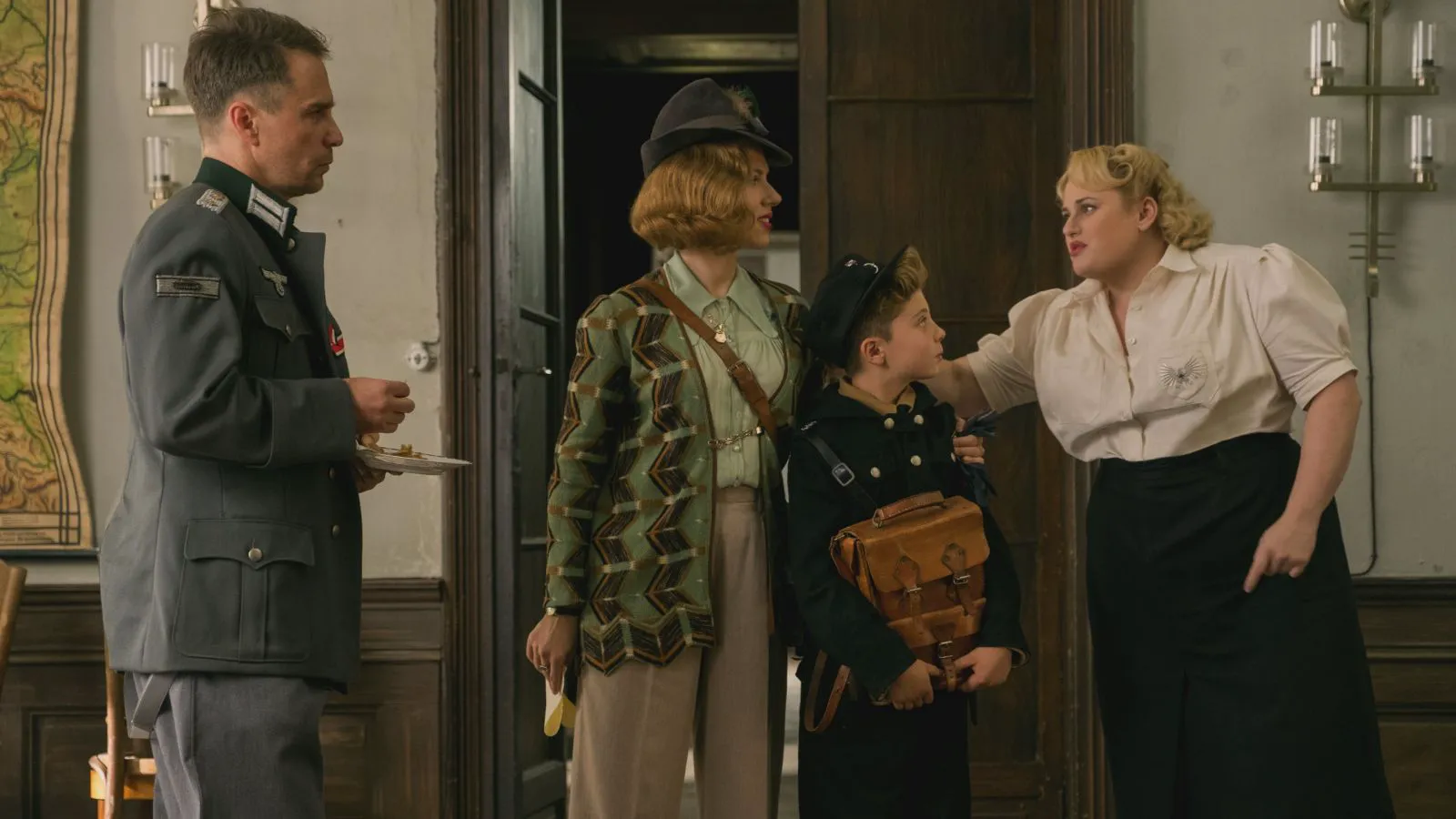
Perhaps it’s for the best. If Western audiences and critics struggled with the film’s lighthearted approach to a tragic period, the reaction in Russia, with its deep connection to the Great Patriotic War, would have been even stronger. Another common critique, echoed in Russian media, questions the need for another “Nazis are bad” morality tale from someone geographically and temporally removed from the subject.
However, in my view – and I must write about “Jojo Rabbit” from a personal perspective, as its reception is highly subjective – this detached stance feels more honest than any grand, heroic narrative or somber attempt to expose post-war trauma. Waititi’s perspective on war mirrors that of younger generations who haven’t experienced it firsthand and know it only through stories. For us, war is less a direct, horrifying reality and more an abstract field of symbols, morals, and meanings, so thoroughly processed that the “reality” is hard to find.
.jpg)
A Director’s Unique Vision
Waititi doesn’t try to force a connection. Why should he, a Maori (with Jewish roots) from New Zealand, pretend to be deeply affected by someone else’s history? For him, Nazis are cinematic villains, and the Third Reich is a fantastical realm from childhood nightmares. It’s a gingerbread state populated by doomed adults acting like children (Rockwell’s character, like Waititi’s in “Boy,” is tragically compelling) and impressionable children susceptible to symbols and slogans.
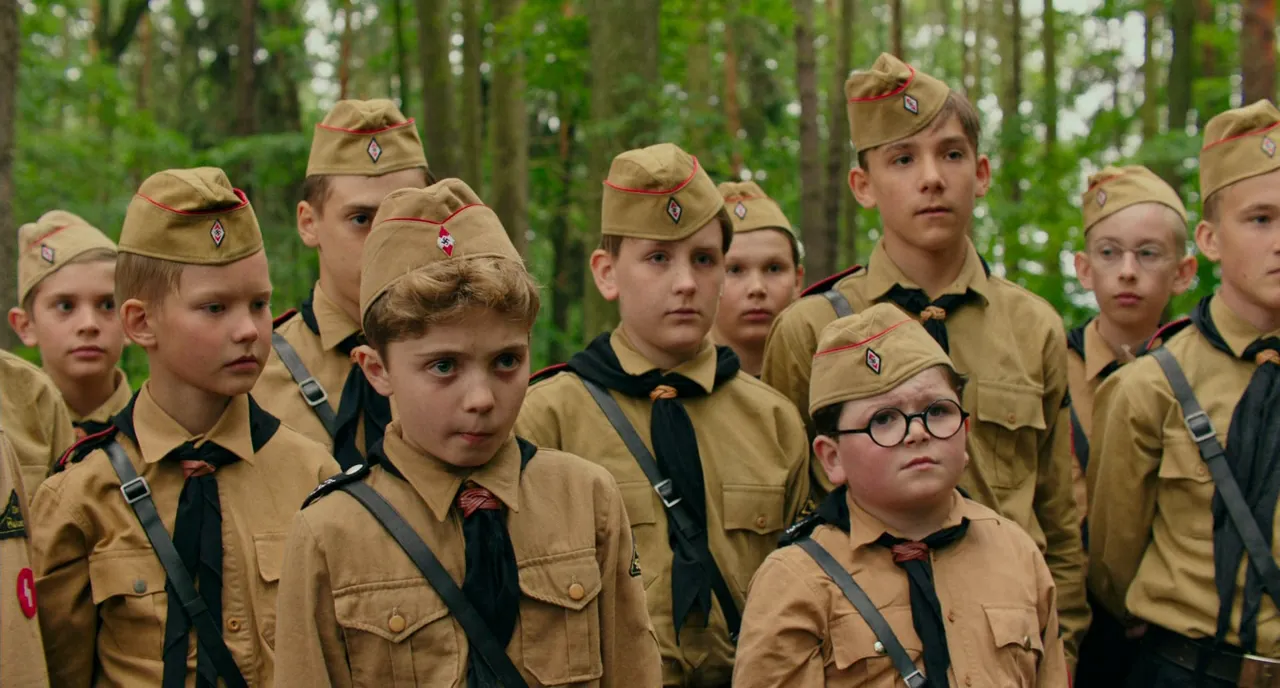
Waititi excels at capturing a child’s perspective, as seen in “Boy” and “Hunt for the Wilderpeople,” perhaps because he hasn’t entirely shed it himself. His films, excluding “What We Do in the Shadows” and “Thor: Ragnarok,” are set in challenging environments and deal with tragic circumstances, yet he skillfully softens the drama with childlike innocence. He portrays the world as a playground from which his characters must grow to accept the surrounding horrors. “Jojo Rabbit” resembles Roberto Benigni’s “Life is Beautiful,” but Benigni told the story from an adult’s perspective, his escapism deliberate. “Jojo Rabbit” is filmed as if the father character in “Life is Beautiful” didn’t exist, the directorial lens fixed on Jojo. Because Waititi understands children, his perspective lacks dark palettes and manipulations. Children adapt easily, finding solace in fantasy even amidst darkness.
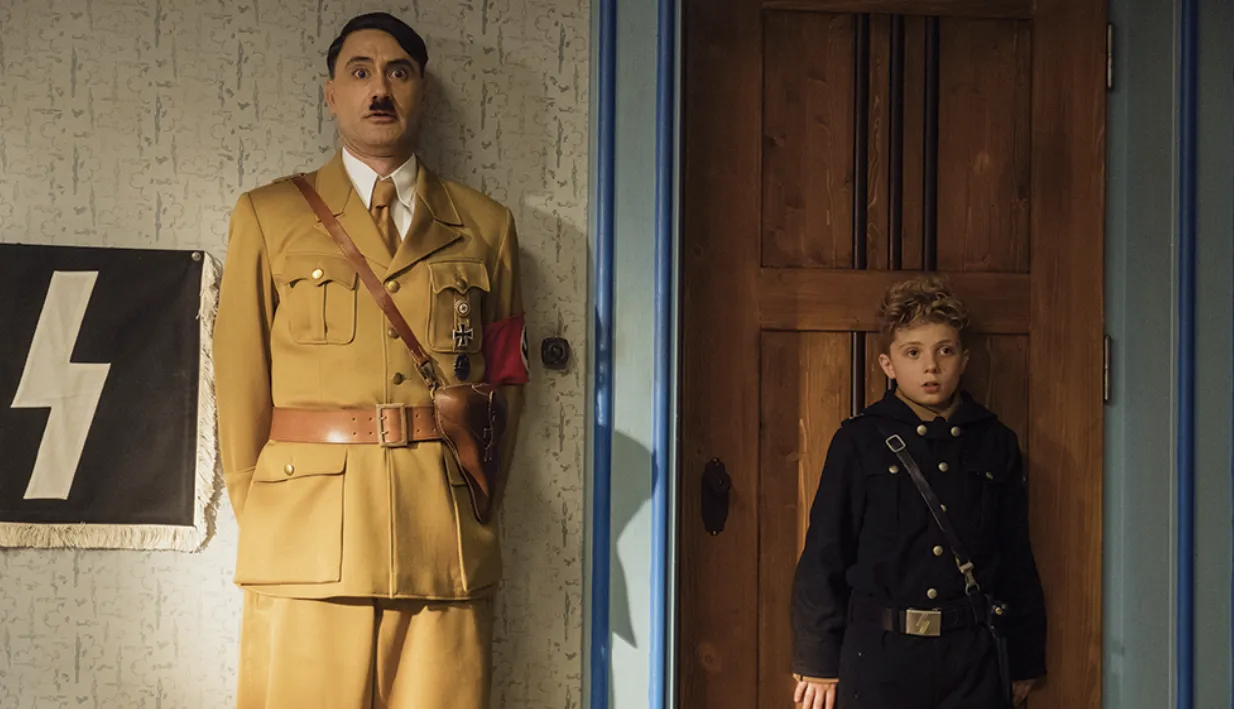
Balancing Comedy and Tragedy
This leads to another aspect of Waititi’s style, often criticized in “Jojo Rabbit”: his tonal flexibility, shifting from slapstick to tragedy and back. It’s similar to the approach of Bong Joon-ho or Martin McDonagh, praised for their unconventional balance of comedy and drama. However, their transitions are meticulously calculated, even if unconsciously. Waititi, on the other hand, seems to mix humor and sadness without a system. Yet, this randomness aligns with his method: an infantile yet maturing perspective from someone whose psychology is transparent, lacking complex notions of good and bad, funny and sad. Everything is jumbled together, coexisting in unexpected ways. This is best exemplified in a scene from “Boy,” where a comedic dialogue is interrupted by a flashback of the children’s bloodied mother and grieving father. The flashback vanishes, and the film returns to the dialogue as if nothing happened, leaving the viewer stunned.
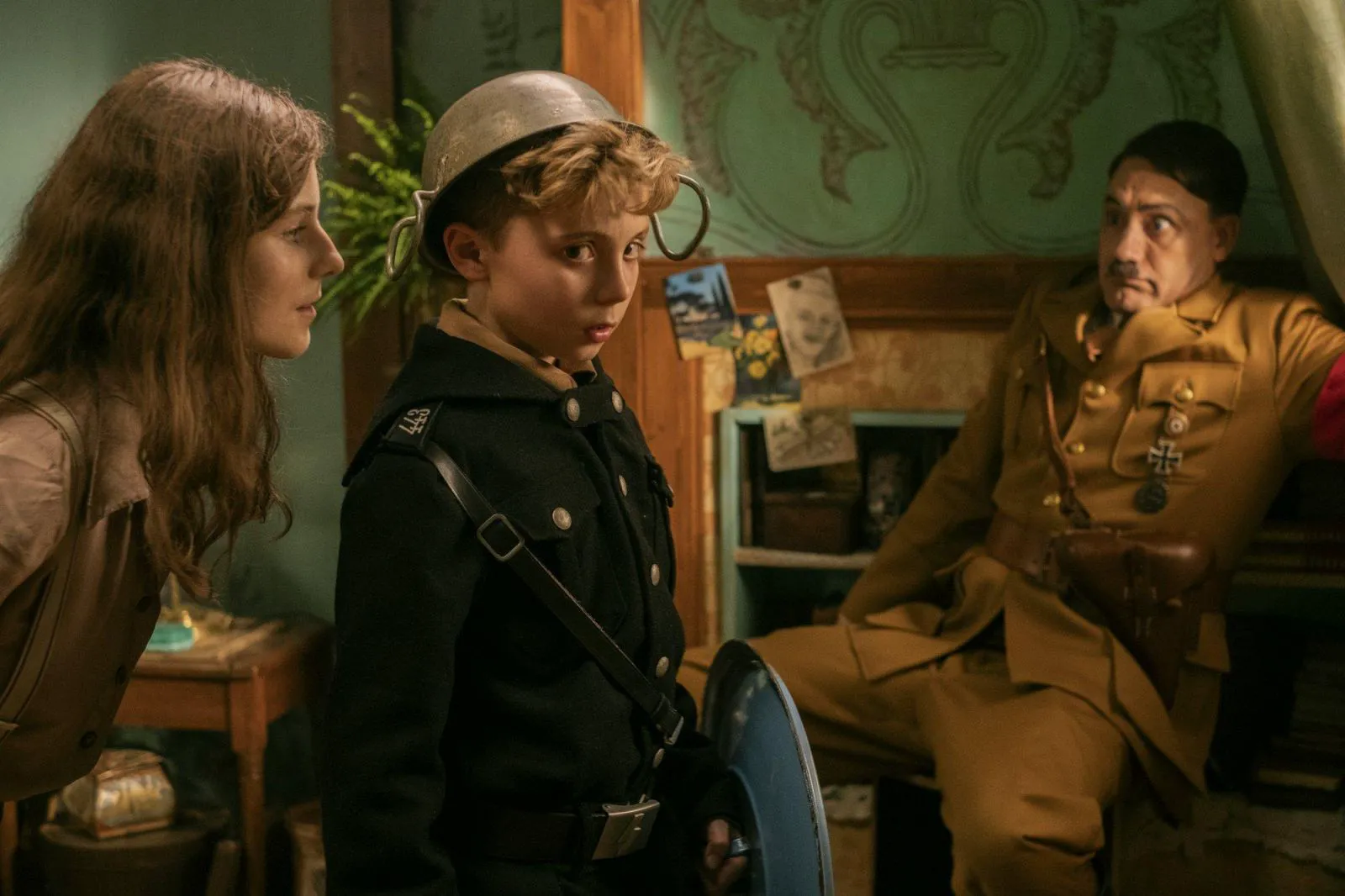
Personal Themes and Reflections
“Boy” also highlights another intriguing aspect of “Jojo Rabbit.” Despite the author’s distance from the subject and the abstract plot, the film is deeply personal. Waititi transplants his psychological triggers and recurring themes from his other works to wartime Germany. Again, there’s the absurd, infantile, and absent father figure, represented by the imaginary Hitler. There’s also the fear of losing a mother, a catalyst for dramatic conflict in “Hunt for the Wilderpeople” and “Boy.”
Even the choice of the Third Reich as the setting is explained by the director’s biography. Waititi once said that as a child, he loved drawing swastikas but would immediately turn them into windows and then houses to avoid suspicion. So, when McKenzie’s character tells Jojo that he’s “not a Nazi, just a boy who likes swastikas,” it feels like self-therapy. “Jojo Rabbit” is an attempt to understand the fear not of Nazism itself, but of its symbols, which have long lost their original meaning. And according to Waititi, there’s no need to be afraid, because any swastika can become a cute house, and the inner Hitler can be kicked to hell.